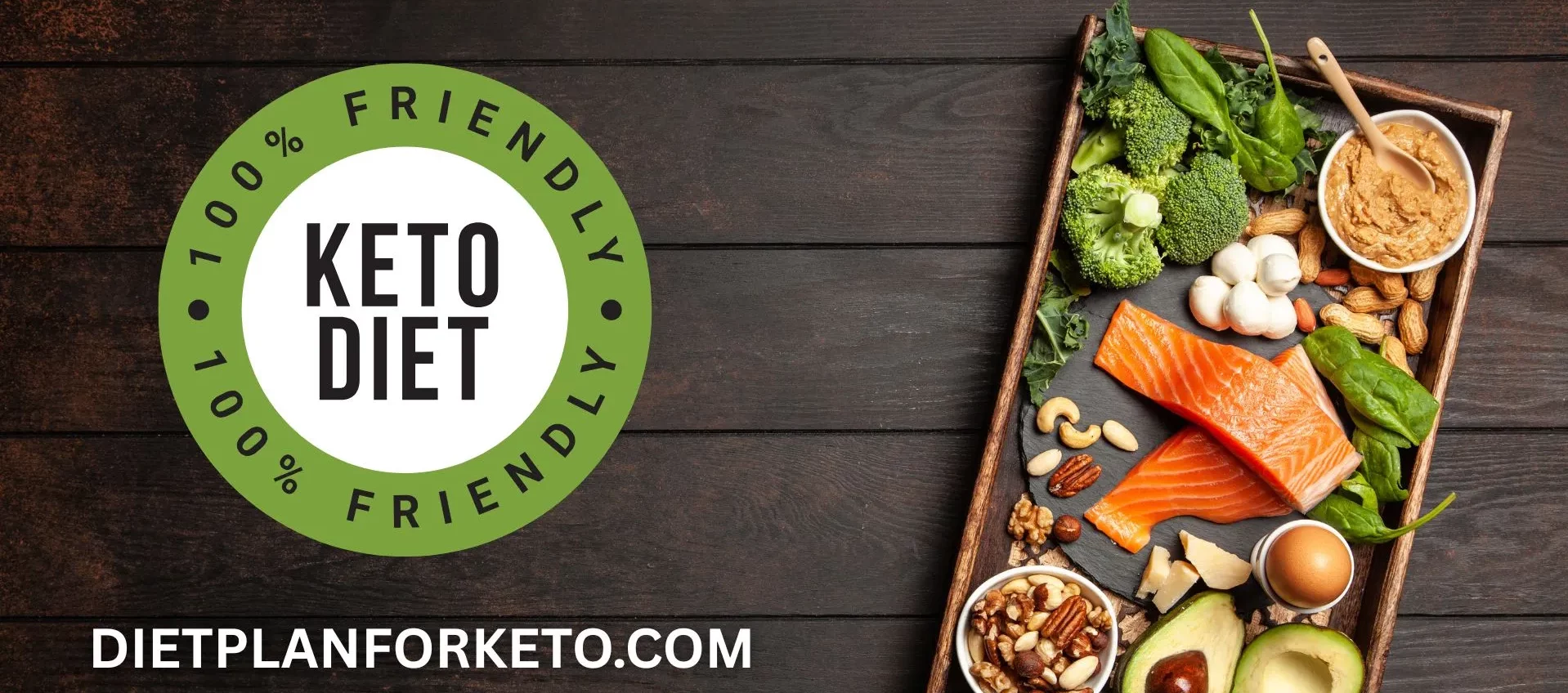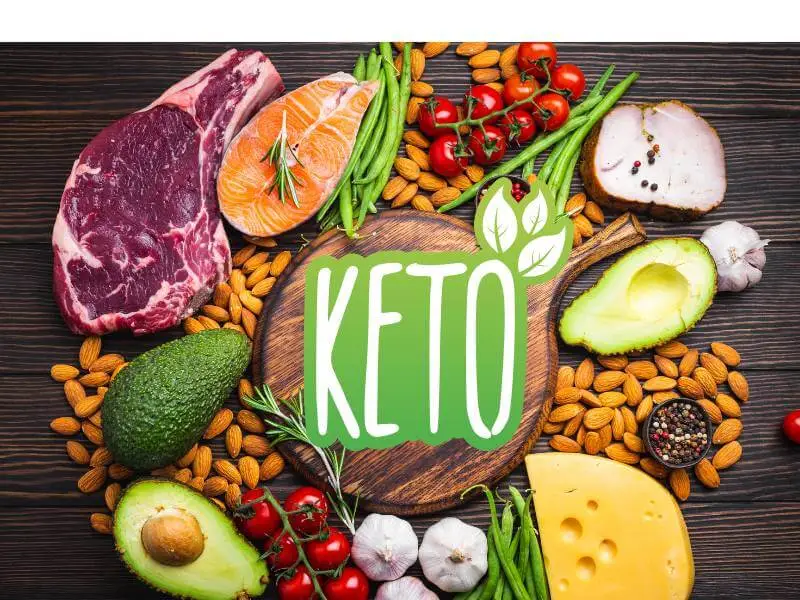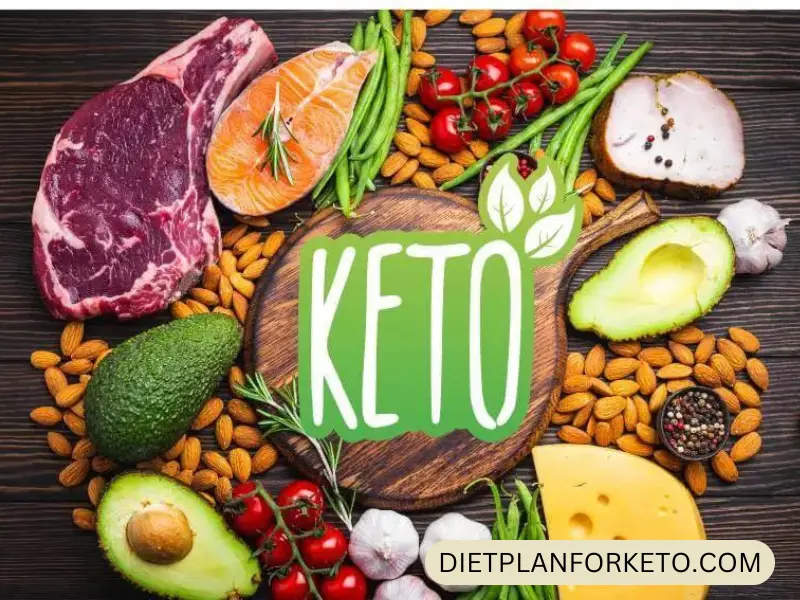Embarking on a ketogenic lifestyle can be life-changing, but it all starts at home—right inside your fridge. Stocking your refrigerator with the right keto-friendly foods not only keeps you on track but also helps you resist temptations and avoid last-minute takeout disasters.
Whether you’re new to keto or looking to refresh your fridge for better results, this guide will walk you through the essentials in a beginner-friendly and practical way.
Table of Contents
- What Is the Keto Diet?
- Why Your Fridge Matters for Keto
- Keto Macros 101: Understanding the Basics
- Essential Keto Fridge Staples
- Proteins: Fresh, Cured, and Convenient Options
- Fats: From Dairy to Oils
- Low-Carb Vegetables to Keep on Hand
- Keto-Friendly Condiments and Sauces
- Drinks and Beverages for Keto Success
- Ready-to-Eat Keto Snacks
- Meal Prep Tips and Storage Strategies
- Grocery Shopping Guide for Keto Beginners
- Budgeting and Saving Tips
- Real-Life Fridge Examples
- Mistakes to Avoid When Stocking for Keto
- Pros and Cons of a Keto-Stocked Fridge
- Additional Resources
- Conclusion
- Disclaimer
1. What Is the Keto Diet?
The ketogenic diet is a high-fat, low-carbohydrate eating plan designed to put your body into a state of ketosis. In ketosis, your body burns fat for fuel instead of glucose, leading to potential benefits like weight loss, increased mental clarity, and stabilized energy levels. Typical macronutrient breakdowns for keto look like this: 70-75% fat, 20-25% protein, and 5-10% carbohydrates.
2. Why Your Fridge Matters for Keto
Your fridge is your first defense against dietary derailment. A well-stocked fridge supports consistency, encourages creativity in the kitchen, and keeps you satisfied with a variety of meal options. More importantly, it removes the stress of not knowing what to eat when hunger strikes.
3. Keto Macros 101: Understanding the Basics
Before you start loading up your cart, it’s important to understand your personal macro needs. Use a keto macro calculator to determine your daily fat, protein, and carb goals. A general rule: keep your net carbs (total carbs minus fiber) under 20-50 grams per day.

4. Essential Keto Fridge Staples
Here are non-negotiables for a keto-friendly fridge:
- Eggs: Affordable, versatile, and nutrient-rich.
- Avocados: Healthy fats and fiber-packed.
- Cheese: Look for full-fat options like cheddar, mozzarella, and goat cheese.
- Leafy greens: Spinach, kale, arugula.
- Berries: Raspberries, blackberries, and strawberries in moderation.
- Butter and ghee: Ideal for cooking and baking.
- Heavy cream: Adds richness to coffee and sauces.
5. Proteins: Fresh, Cured, and Convenient Options
Proteins are critical to preserving muscle mass and staying full. Your fridge should include:
- Chicken thighs or breasts
- Ground beef or turkey
- Salmon and other fatty fish
- Bacon (sugar-free preferred)
- Sausages (check carb content)
- Rotisserie chicken for quick meals
6. Fats: From Dairy to Oils
Fat is your fuel source on keto. These healthy fats should be front and center:
- Coconut oil and MCT oil (store in the fridge if required)
- Olive oil (best stored in a cool, dark space, but some keep it chilled)
- Cream cheese and sour cream (full-fat only)
- Nut butters (no added sugars)
7. Low-Carb Vegetables to Keep on Hand
Non-starchy veggies provide fiber, nutrients, and bulk to meals:
- Zucchini, cauliflower, and broccoli
- Bell peppers and cucumbers
- Mushrooms and Brussels sprouts
- Celery and green beans
8. Keto-Friendly Condiments and Sauces
These bring flavor without sabotaging your macros:
- Mustard and mayonnaise (avocado oil-based)
- Hot sauces (watch for added sugars)
- Pesto and ranch (sugar-free)
- Sugar-free ketchup
- Soy sauce or coconut aminos
9. Drinks and Beverages for Keto Success
Stay hydrated and energized with these options:
- Filtered water (add lemon or mint)
- Sparkling water and flavored seltzers (unsweetened)
- Coffee and tea (no sugar, full-fat cream is fine)
- Electrolyte drinks (sugar-free, especially important for keto flu)
10. Ready-to-Eat Keto Snacks
These save you from temptation:
- Cheese sticks and babybels
- Hard-boiled eggs
- Olives and pickles
- Beef jerky (sugar-free)
- Nuts and seeds (in moderation)
11. Meal Prep Tips and Storage Strategies
- Prep proteins in bulk: Grill several chicken breasts or cook a big batch of taco meat.
- Use glass containers: Easier to reheat and better for storing oily foods.
- Label your food: Include prep dates to stay safe and organized.
- Freeze extras: Save portions for lazy days.
12. Grocery Shopping Guide for Keto Beginners
- Stick to the perimeter of the grocery store.
- Read every label. Look for hidden sugars and starches.
- Buy in bulk for meats and cheeses.
- Choose fresh over processed whenever possible.
13. Budgeting and Saving Tips
- Buy frozen veggies and meat for savings.
- Shop local farms or farmer’s markets.
- Look for store-brand items.
- Use coupon apps like Ibotta for deals.
14. Real-Life Fridge Examples
- Beginner Keto Fridge: Eggs, cheese, spinach, avocado, chicken breasts, heavy cream, mustard.
- Family Keto Fridge: Bulk ground beef, prepped taco meat, cut veggies, hard-boiled eggs, almond milk.
- Meal Prep Pro Fridge: Pre-packed lunches, spiralized zucchini, cooked salmon, chia pudding.
15. Mistakes to Avoid When Stocking for Keto
- Buying low-fat or fat-free products (they often contain added sugar).
- Forgetting about sauces and dressings.
- Overstocking perishable items that go bad quickly.
- Not having enough snack options leads to poor choices.
16. Pros and Cons of a Keto-Stocked Fridge
Pros:
- Supports consistent meal planning
- Reduces temptations
- Saves time and money
- Encourages home cooking
Cons:
- Higher upfront cost
- Limited convenience foods
- Requires prep and planning
- Can be restrictive for non-keto family members
17. Additional Resources
Want to go even deeper into keto-friendly shopping and prep? Check out this helpful blog post: Keto Grocery List for Beginners by Ruled.me for detailed printable lists and additional food suggestions.
18. Conclusion
Stocking your fridge for keto success is more than a dietary change—it’s a mindset shift. By prioritizing nutrient-dense, keto-approved foods, you’ll set yourself up for sustainable success, reduce cravings, and enjoy a new level of control over your health and energy. Whether you’re meal prepping for the week or grabbing a quick snack, your fridge can be your strongest ally in maintaining your ketogenic lifestyle.
19. Disclaimer
This guide is for general informational purposes only and is not intended to provide medical advice. Always consult with a qualified healthcare provider before making any changes to your diet or lifestyle. If you are feeling unwell or have specific medical concerns, seek professional medical attention. Actions taken based on this content are solely the responsibility of the reader.


